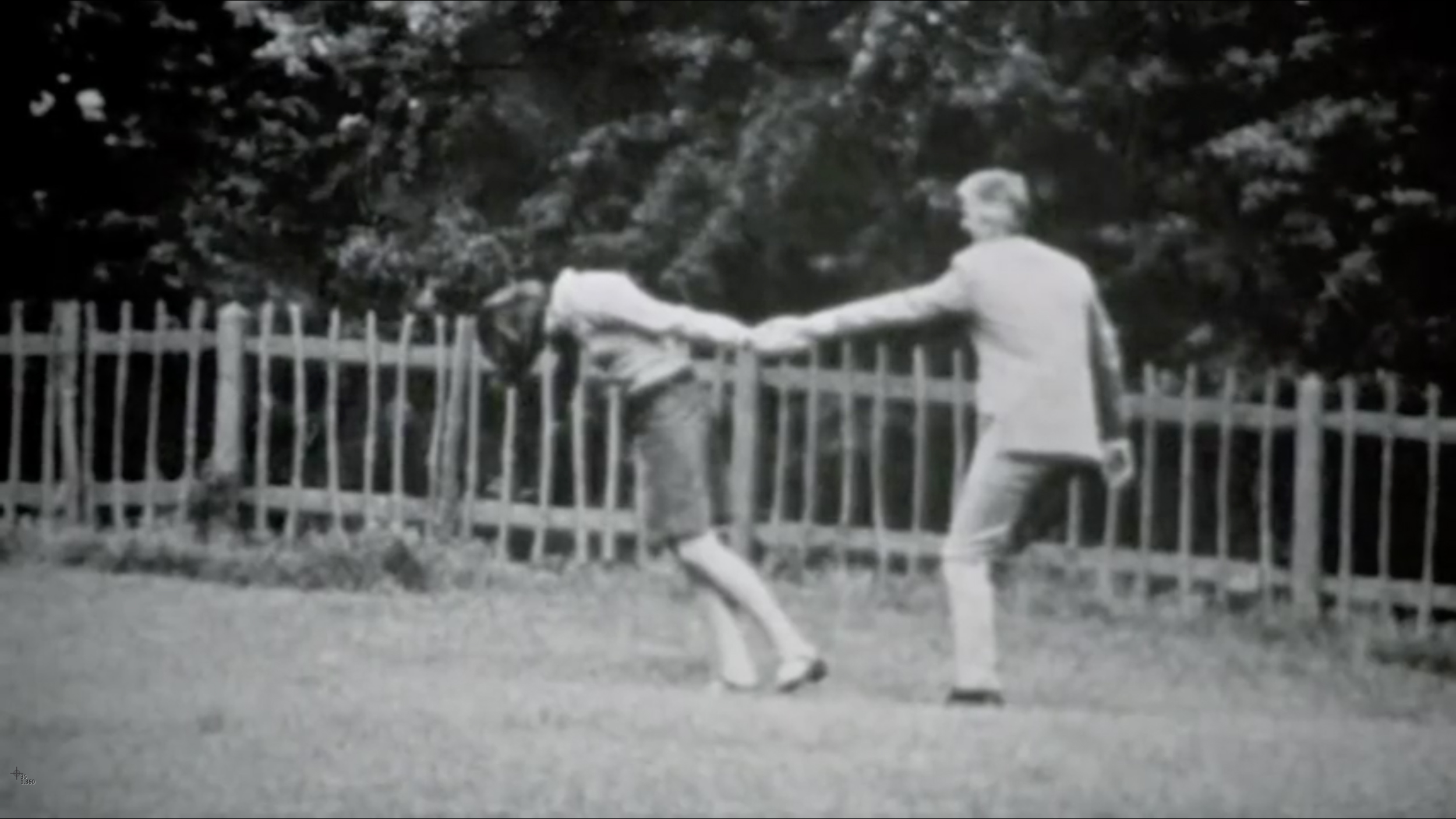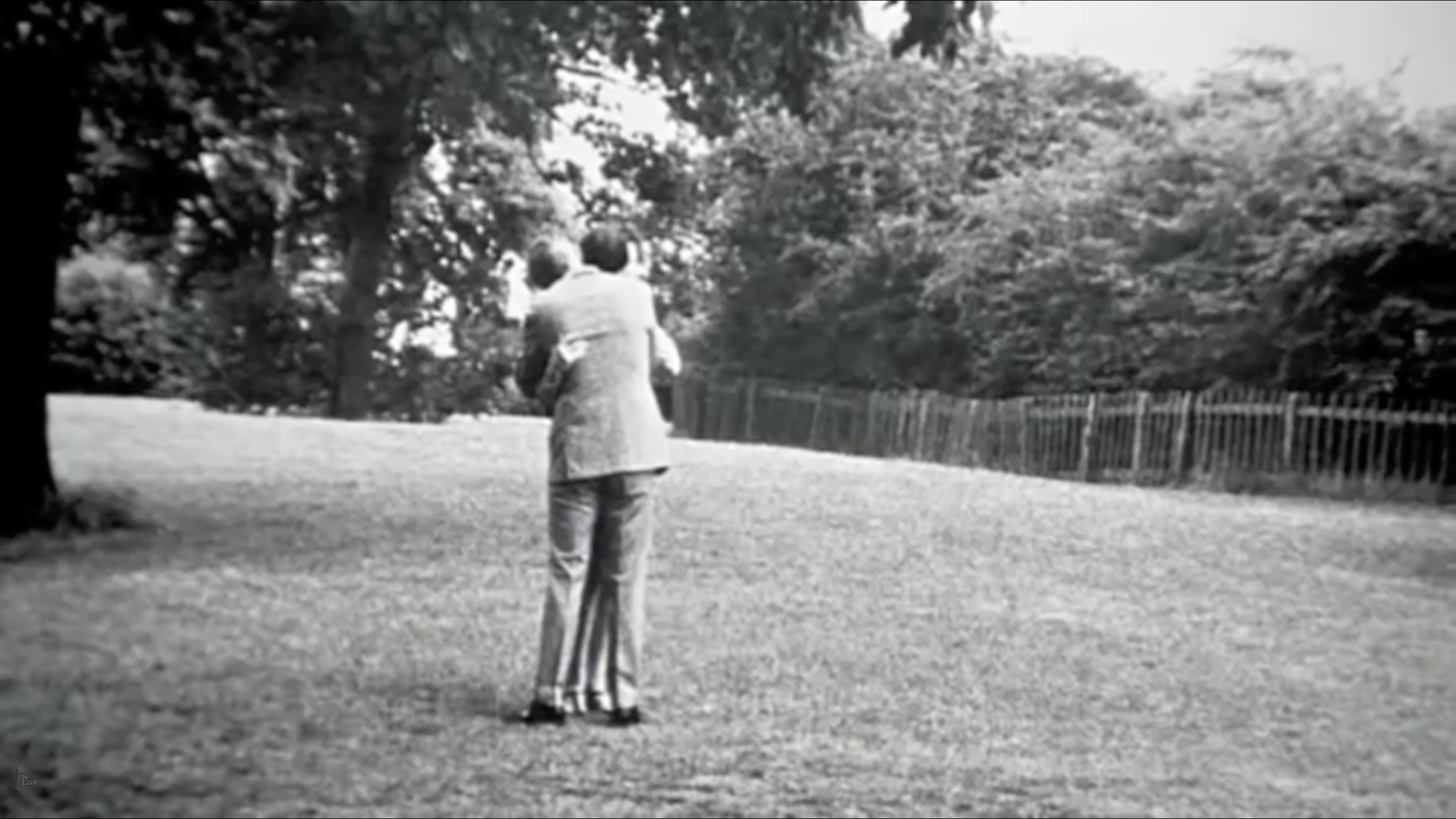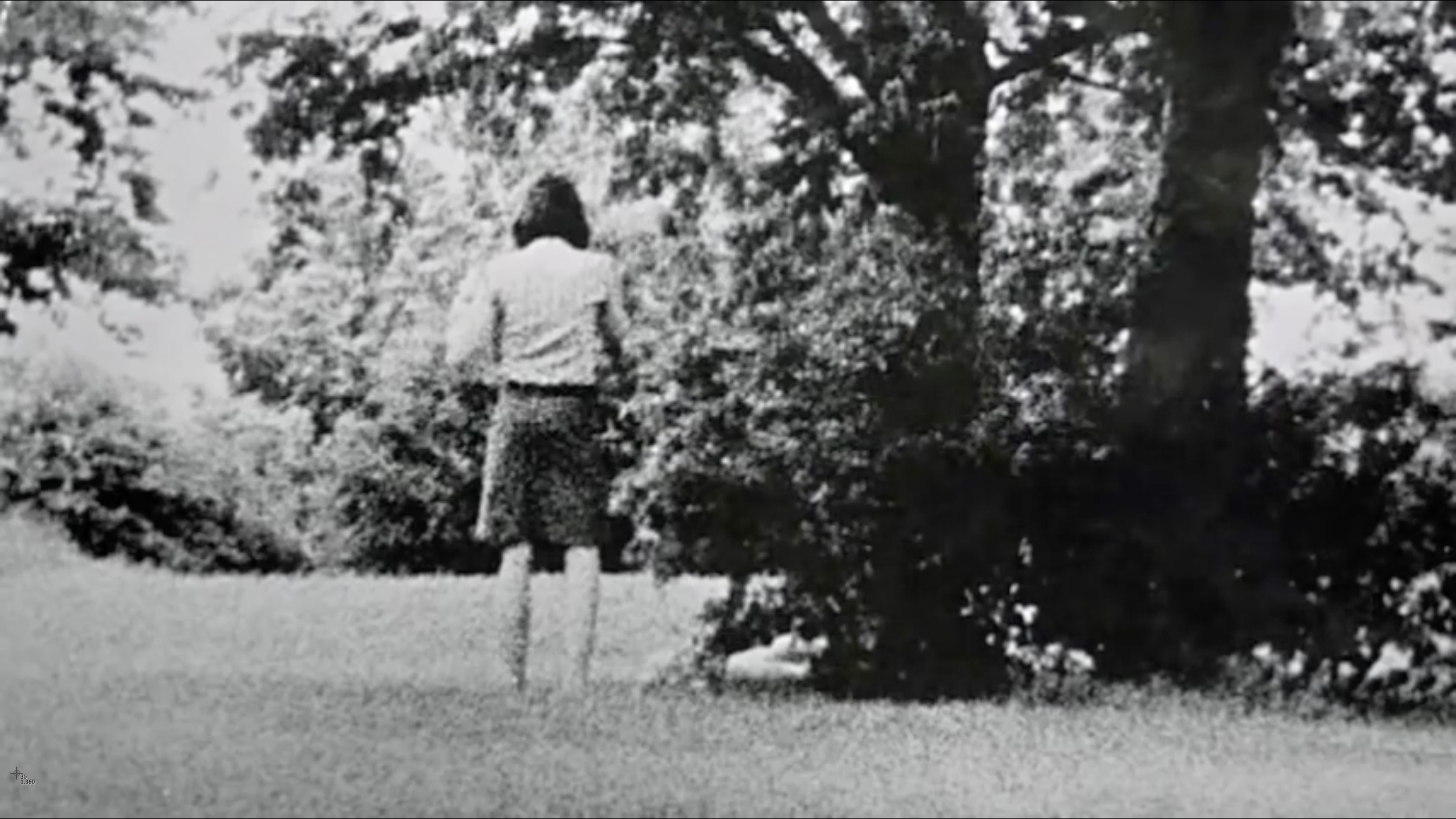Fake News: Blow Up
One of the pivotal scenes in Michelangelo Antonioni’s Blow Up (1966) follows the protagonist, Thomas, as he enlarges a series of images. From these close-ups, he determines he accidentally photographed a murder. The viewer must decide if these photographs are evidence of a crime or merely abstract forms? The core of this question touches on our need to assign narrative to any shape, pattern, and imagery we see.
In 2014, people uploaded an average of 1.8 billion digital images every day. Today, in two minutes, people take more photographs than existed in total in 1866. In a culture flooded with this magnitude of imagery, the lines between truth and fiction are vague and confusing. Coupled with the ability to manipulate images digitally, the integrity of a photograph cannot be proven. The viewer must repeatedly determine on a daily basis if he or she believes the representation as actual or false. An uneasy and endlessly shifting sense of truth replaces the comfort of “seeing is believing.” Read More

















